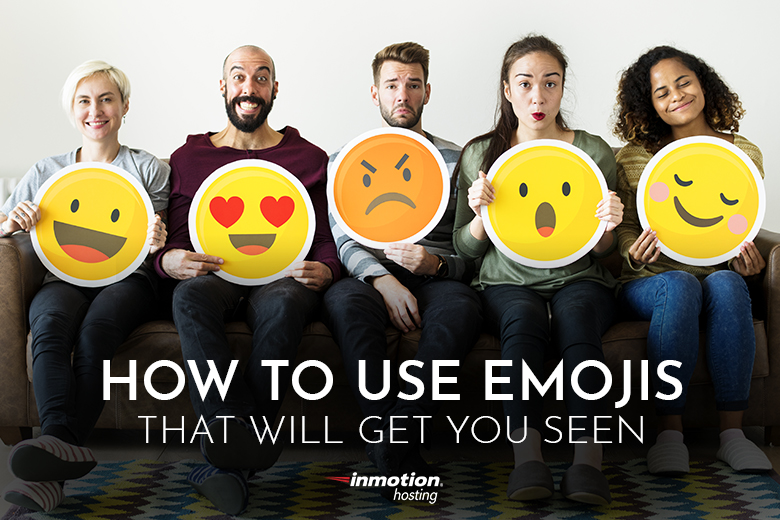
Emojis aren’t just for text messages anymore. 🙂
These days you’re likely going to see emoji icons popping up in email subject headings, blog posts, and even in printed media.
You like lobsters? Check out how the lobster emoji has risen in popularity over the past few years. You gotta love these little crustaceans.
But can these little graphical icons really help your content get noticed
How did this happen? (Who knows.) Let’s say it’s got something to do with the immediacy of feeling an emoji can convey in text-based media.
You can use these emoticons to your advantage by making your messages more evocative. (Or, in some cases, more LOL.)
We’ll show you how emojis can fit into your content strategy, types of emojis you can use, as well as how to search, select, and deploy these little magical icons wherever you need them.
Heads Up! Use Emojis In Your Headlines 😉
How do you compose arresting headlines?
This can be one of the biggest challenges in your content strategy, but it’s important to master it.
Emojis can help your headlines and headings in a two-fold manner:
- Draw the eyes
- Break up the words
Think about it. A well-placed emojis can draw your reader’s attention and give some space for the words to breathe.
Remember, this same strategy can be deployed for your email marketing subject headings.
Write Emojis Into Your Content Itself
Did you just write something funny? Let your reader know you’re kidding by adding a smiley: 😉
But how do you just type these in?
Mac users: If you’re on a Mac you can just do Ctrl + Command + Space bar. This will bring up your emoji picker. Just search or select the one you want.
Windows users: In any text field, click your Windows key + period (.) or semi-colon (;). Then, you should see your emoji picker appear.
Everyone else: You can copy and paste emoji codes from Emojipedia. Just find an emoji you want to use and click the Copy button. Then, paste into your content.
Types of Emojis
A quick trip to Emojipedia will show you just how large the emoji palette has grown in the past few years.
Remember, picking the right emoji can be fun. But you should try to use this as a strategic opportunity rather than a haphazard diversion.
Smileys and People
These are some of the most commonly used emojis, and for good reason.
Smileys can immediately convey emotion like happiness, anticipation, dissappointment, relief, and much more.
And just see if this helps your readers get your meaning at an instant.
Animals and Nature
Is your website about wild life or wide open spaces?
Before you pen that email subject heading for your subscribers, think about how an emoji of a tree or bear can help the message stand out in someone’s inbox.
Just seeing a green tree emoji can get your readers thinking about nature.
Things To Do
There’s a whole set of emojis dedicated just to things that people do: activities like sports, art, music, games, and more.
People do a lot of things. You know your audience better than anyone. (Don’t you?)
Picking the right emoji for your message can make the difference between an attentive reader or a quick glance.
Putting It All Together
Using emojis strategically can be a win for adding color and vibrancy to your content. And the great thing is they are non-proprietary, so they will work with whichever hosting package you’re using.
And if you have any questions, feel free to contact our hosting experts day or night. We’re always happy to hear from you.